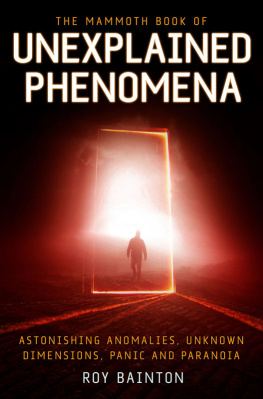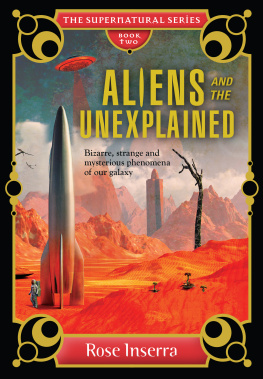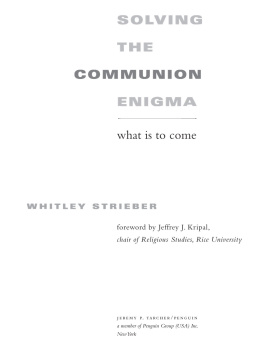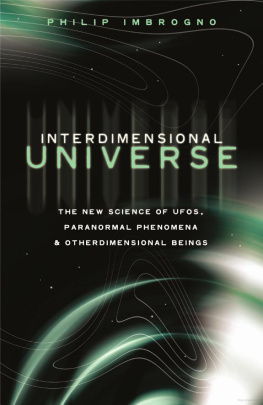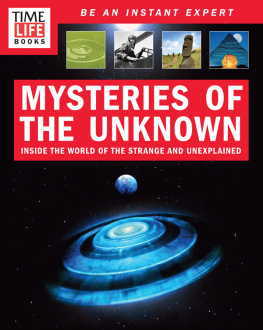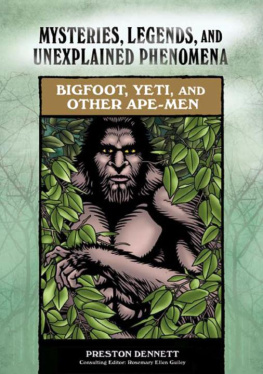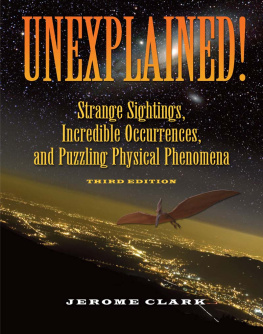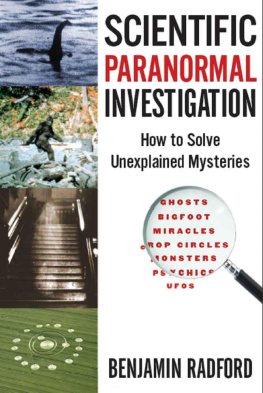Roy Bainton, author of A Brief History of 1917: Russias Year of Revolution and The Long Patrol, among other books, travelled around the world while serving in the Merchant Navy. He has written extensively for newspapers and magazines and has been a regular contributor to BBC Radio 4 and to the magazine of the unexplained, the Fortean Times.
Recent Mammoth titles
The Mammoth Book of Historical Crime Fiction
The Mammoth Book of Best New SF 24
The Mammoth Book of Gorgeous Guys
The Mammoth Book of Really Silly Jokes
The Mammoth Book of Best New Horror 22
The Mammoth Book of Undercover Cops
The Mammoth Book of Weird News
The Mammoth Book of the Best of Best New Erotica
The Mammoth Book of Antarctic Journeys
The Mammoth Book of Muhammad Ali
The Mammoth Book of Best British Crime 9
The Mammoth Book of Conspiracies
The Mammoth Book of Lost Symbols
The Mammoth Book of Nebula Awards SF
The Mammoth Book of Body Horror
The Mammoth Book of Steampunk
The Mammoth Book of New CSI
The Mammoth Book of Gangs
The Mammoth Book of SF Wars
The Mammoth Book of One-Liners
The Mammoth Book of Ghost Romance
The Mammoth Book of Best New SF 25
The Mammoth Book of Jokes 2
The Mammoth Book of Horror 23
The Mammoth Book of Slasher Movies
The Mammoth Book of Street Art
The Mammoth Book of Ghost Stories by Women
The Mammoth Book of Best New Erotica 11
The Mammoth Book of Irish Humour
The Mammoth Book of Futuristic Romance
The Mammoth Book of
UNEXPLAINED PHENOMENA
ROY BAINTON

Constable & Robinson Ltd
5556 Russell Square
London WC1B 4HP
www.constablerobinson.com
First published in the UK by Robinson,
an imprint of Constable & Robinson Ltd, 2013
Copyright Roy Bainton, 2013
The right of Roy Bainton to be identified as the author of this work has been asserted by him in accordance with the Copyright, Designs & Patents Act 1988.
All rights reserved. This book is sold subject to the condition that it shall not, by way of trade or otherwise, be lent, re-sold, hired out or otherwise circulated in any form of binding or cover other than that in which it is published and without a similar condition including this condition being imposed on the subsequent purchaser.
A copy of the British Library Cataloguing in Publication
Data is available from the British Library
UK ISBN: 978-1-78033-795-1 (paperback)
UK ISBN: 978-1-78033-796-8 (ebook)
First published in the United States in 2013 by Running Press Book Publishers, A Member of the Perseus Books Group
All rights reserved under the Pan-American and International Copyright Conventions
This book may not be reproduced in whole or in part, in any form or by any means, electronic or mechanical, including photocopying, recording, or by any information storage and retrieval system now known or hereafter invented, without written permission from the publisher.
Books published by Running Press are available at special discounts for bulk purchases in the United States by corporations, institutions, and other organizations. For more information, please contact the Special Markets Department at the Perseus Books Group, 2300 Chestnut Street, Suite 200, Philadelphia, PA 19103, or call (800) 810-4145, ext. 5000, or e-mail special.markets@perseusbooks.com .
US ISBN: 978-0-7624-4809-8
US Library of Congress Control Number: 2012942533
9 8 7 6 5 4 3 2 1
Digit on the right indicates the number of this printing
Running Press Book Publishers
2300 Chestnut Street
Philadelphia, PA 19103-4371
Visit us on the web!
www.runningpress.com
Printed and bound in the UK
Cover design by JoeRoberts.co.uk
This book is dedicated to the memory of
Ken Campbell (19412008),
actor, clown, man of vision
He is in love with the land that is always over the next hill and the next, with the bird that is never caught, with the room beyond the looking-glass.
He likes the half-hid, the half-heard, the half-lit, the man in the fog, the road without an ending, stray pieces of torn words to piece together.
Arthur Seymour John Tessimond (190262),
from Portrait of a Romantic
CONTENTS
INTRODUCTION:
E=mc OR NOT?
There are known knowns. These are things we know that we know. There are known unknowns. That is to say, there are things that we know we dont know. But there are also unknown unknowns. There are things we dont know we dont know.
Donald Rumsfeld (1932)
Donald Rumsfelds bizarre utterance sat uncomfortably in the world of politics and international terrorism, and it may well be a puzzling quotation to open any written work. Yet when adapted for use in this book, those six staccato sentences possess an eerie resonance. What do we know?
Already, as I write, the towering genius of Albert Einstein is being challenged. The speed of light has been regarded as the universes ultimate speed limit and the central plank of Einsteins theory of special relativity is the idea that nothing can exceed it. However, in its complexly titled report Measurement of the Neutrino Velocity with the Oscillation Project with Emulsion-tRacking Apparatus (OPERA) Detector in the CNGS Beam submitted to Cornell University, the worlds largest physics laboratory near Geneva, CERN (the European Organization for Nuclear Research or, in French, Organisation Europenne pour la Recherche Nuclaire), has carried out experiments that suggest that neutrinos (subatomic particles) have gone faster than the speed of light. If similar experiments back this up, then the pillars of physics as we know them could come tumbling down. Finding the elusive, nigh-on incomprehensible Higgs boson is one thing, but exceeding the speed of light is something else. However, other scientists have already reacted to this possibility with caution. At the University of Surrey, Professor Jim Al-Khalili, a popular broadcaster, has expressed his incredulity by putting his public image on the line, saying, If neutrinos have broken the speed of light I will eat my boxer shorts on live TV. Shades of Laurel and Hardy there, but thats science.
In addition, some scientists working with CERNs Large Hadron Collider the worlds largest atom smasher think that it could be the first machine capable of enabling matter to travel backwards in time. This notion revolves around M-theory, a theory of everything that accommodates all the known properties of subatomic particles and forces, including gravity, but instead of the four dimensions were used to, M-theory requires ten or eleven. Eleven dimensions? Were into the twilight zone here. The thought is staggering. So the idea of time travel, belatedly the province of science-fiction writers and Hollywood, as we shall see, is already under serious discussion. This will be examined when we come to the conundrum of UFOs. Are they time-travelling tourists? Anything seems possible. Whatever is revealed, proven or otherwise, at least Albert Einstein always expressed magnanimity among his peers, as evidenced by his statement No amount of experimentation can ever prove me right; a single experiment can prove me wrong. If, however, we are eventually able to travel back in time, we might consider the entry for time in Ambrose Bierces
Next page
